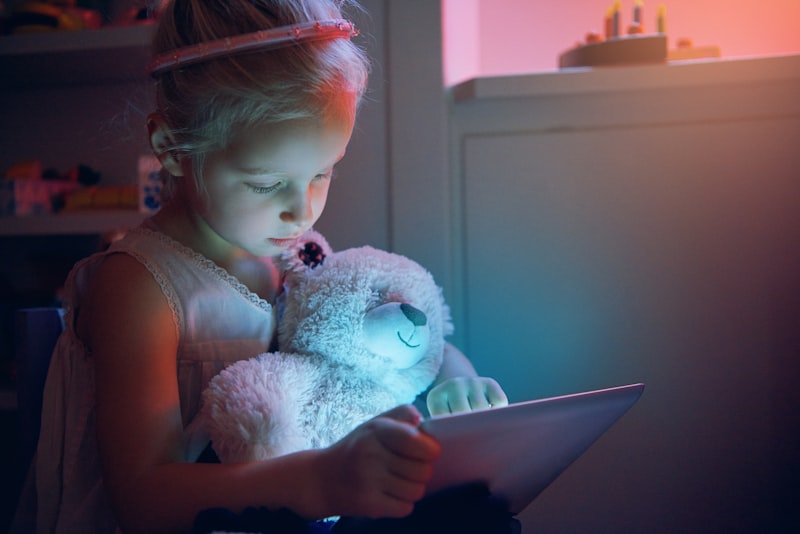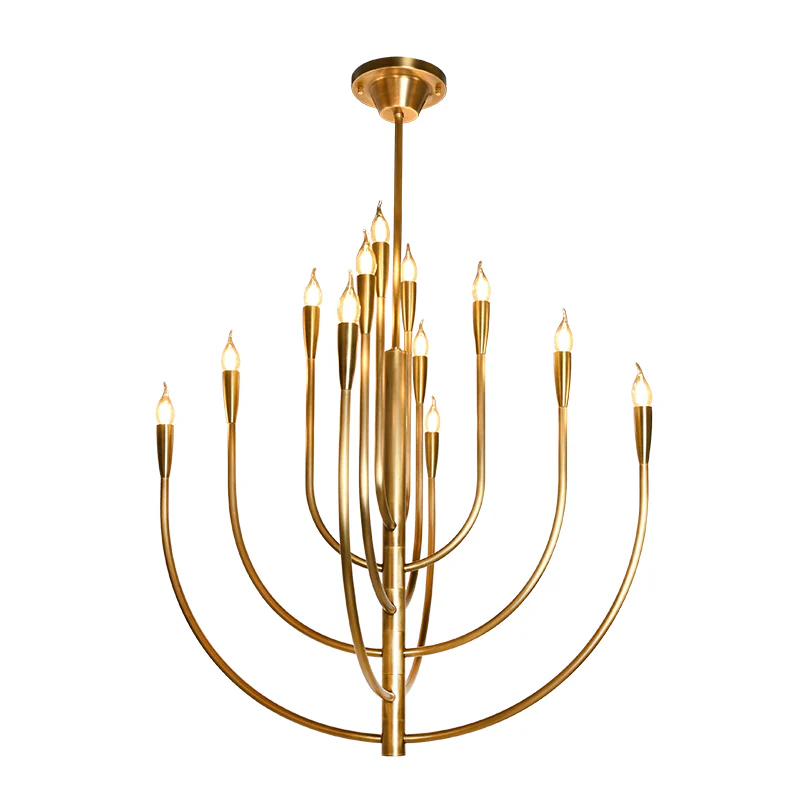Safe Lighting Solutions for Children's Reading: A Comprehensive Guide
Safe Lighting Solutions for Children's Reading: A Comprehensive Guide
When it comes to children's reading, the right lighting is crucial for eye health and overall comfort. Parents often wonder about the best lighting options to create a cozy reading nook for their little ones. This article delves into safe lighting solutions for children's reading, addressing common concerns and offering practical advice on how to choose the best lighting options.
Understanding the Importance of Proper Lighting
Good lighting enhances the reading experience and minimizes eye strain. Children, whose eyes are still developing, need adequate light to read comfortably without the risk of aggravating vision problems. Let's discuss why lighting matters, the potential hazards of poor lighting, and how to optimize a child's reading environment.
The Risks of Poor Lighting
Many parents may not realize that inadequate or inappropriate lighting can lead to various issues, including:
- Eye Strain: Insufficient light can cause children to squint or frown, leading to unnecessary eye fatigue.
- Headaches: Prolonged exposure to poor lighting can trigger headaches in sensitive children.
- Poor Reading Habits: Uncomfortable reading environments can deter children from developing a love for books.
Types of Safe Lighting Solutions for Children's Reading
When selecting lighting options for children's reading, safety, functionality, and style are key factors. Here’s an overview of various lighting solutions that can create an optimal reading environment:
| Lighting Type | Description | Benefits |
| LED Lights | Energy-efficient bulbs that emit bright, clear light. | Long-lasting and reduces eye strain. |
| Adjustable desk lamps | Lamps that allow you to direct light where it’s needed. | Customizable lighting angles and brightness. |
| Night Lights | Soft illumination that prevents darkness without being too bright. | Helps children feel secure while they read at night. |
| Natural Light | Utilizing daylight as much as possible. | Enhances mood and productivity while being eye-friendly. |
Choosing the Right Lighting for Your Child's Reading Space
Creating a safe reading space involves more than just selecting the right type of light. Here are some tips to keep in mind:
1. Opt for Warm Light
Warm lighting (around 2700K-3000K) is softer and more calming than cool, harsh fluorescent lights. This can create an inviting atmosphere for reading.
2. Consider Adjustable Lighting
Adjustable lighting options, such as Floor lamps with dimmers or desk lamps with flexibility, allow you to modify the brightness based on the time of day and the activity.
3. Install Lighting at the Right Height
The ideal height for reading lamps should be at eye level or slightly below. This positioning minimizes glare and ensures adequate lighting direction.
4. Use Energy-Efficient Bulbs
LED bulbs are not only more energy-efficient but also emit less heat, making them a safer choice for children’s reading areas.

Creating a Cozy Reading Environment
In addition to proper lighting, other aspects of the reading environment can enhance a child’s experience. Here are a few suggestions:
1. Comfortable Seating
Invest in soft cushions or a cozy chair for your child to settle into while reading. A comfortable position encourages longer reading sessions.
2. Calming Colors
Use soothing wall colors and décor to create an inviting reading nook. Soft pastels or gentle earth tones can promote relaxation.
3. Organizing Books Within Reach
Place bookshelves at an accessible height, allowing children to select their reading material independently. This encourages them to read more often.
Frequently Asked Questions about Safe Lighting
What color temperature is best for children's reading?
A warm color temperature (around 2700K-3000K) is often recommended for reading because it reduces eye strain and creates a cozy atmosphere.
How much light is needed for reading?
A general rule is that there should be at least 300-500 lux of light for reading, but it can vary based on the child’s age and specific needs.
Are LED Lights safe for children's reading spaces?
Yes, LED Lights are considered safe, provided they are used responsibly. They emit low heat and have a long lifespan, making them a great option for children's spaces.
Conclusion and Recommendations
Safe lighting solutions for children's reading play a vital role in nurturing a lifelong passion for books while ensuring their eye health. By considering the type, intensity, and arrangement of lighting, you can create an optimal space that encourages reading. Remember to choose warm light, consider adjustable options, and maintain an overall inviting atmosphere. Paying attention to your child's reading environment will not only enhance their reading experience but also foster a love for literature that lasts a lifetime.
As a parent, always monitor your child's reaction to different lighting setups, adjusting based on their comfort and preferences. With the right lighting solutions in place, you're one step closer to cultivating a safe and enjoyable reading haven for your child.
